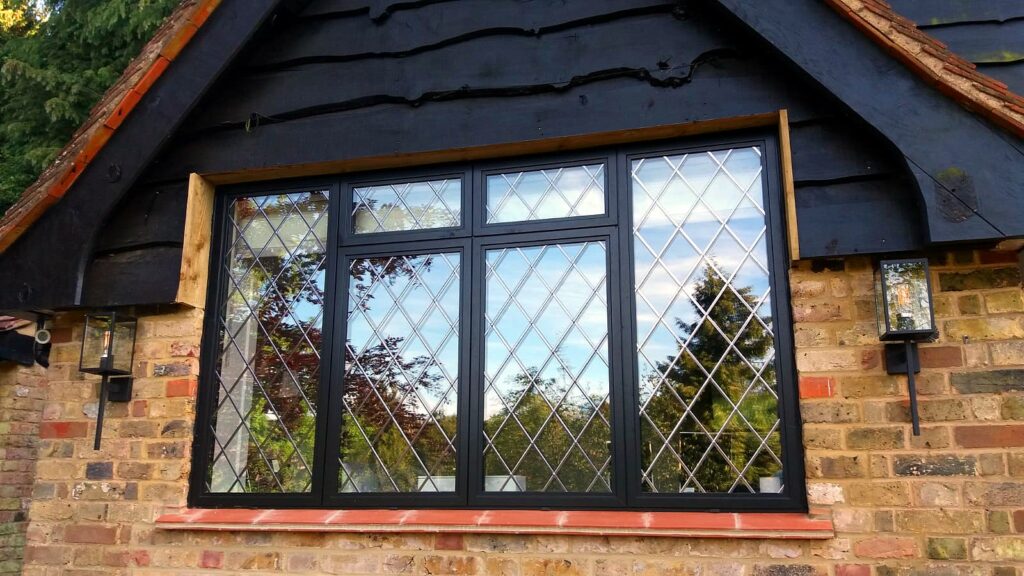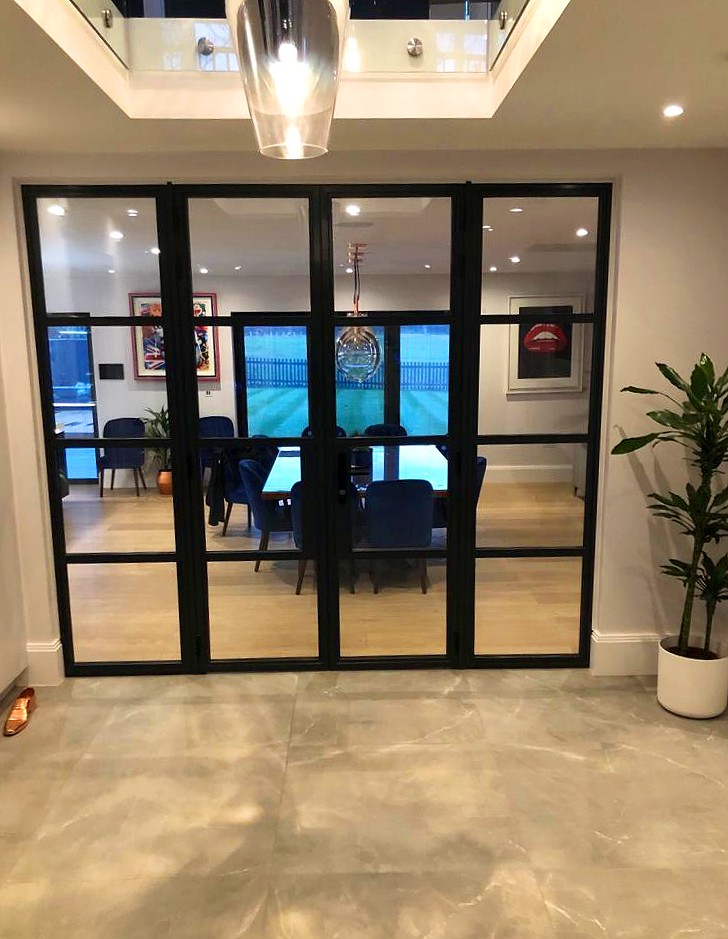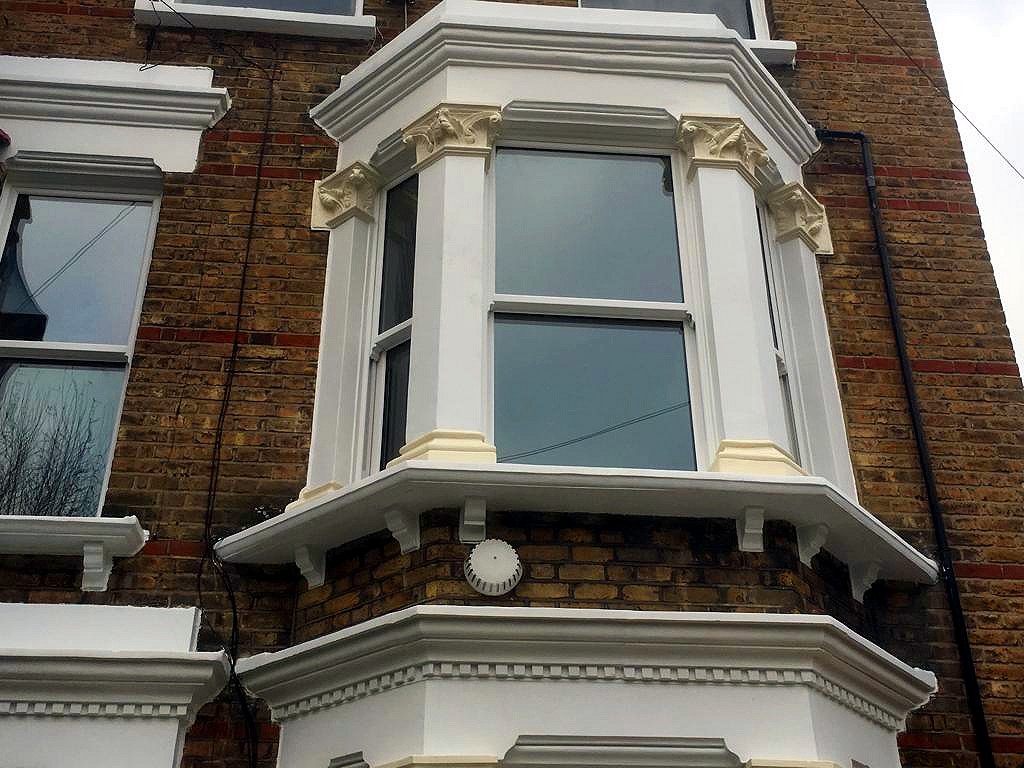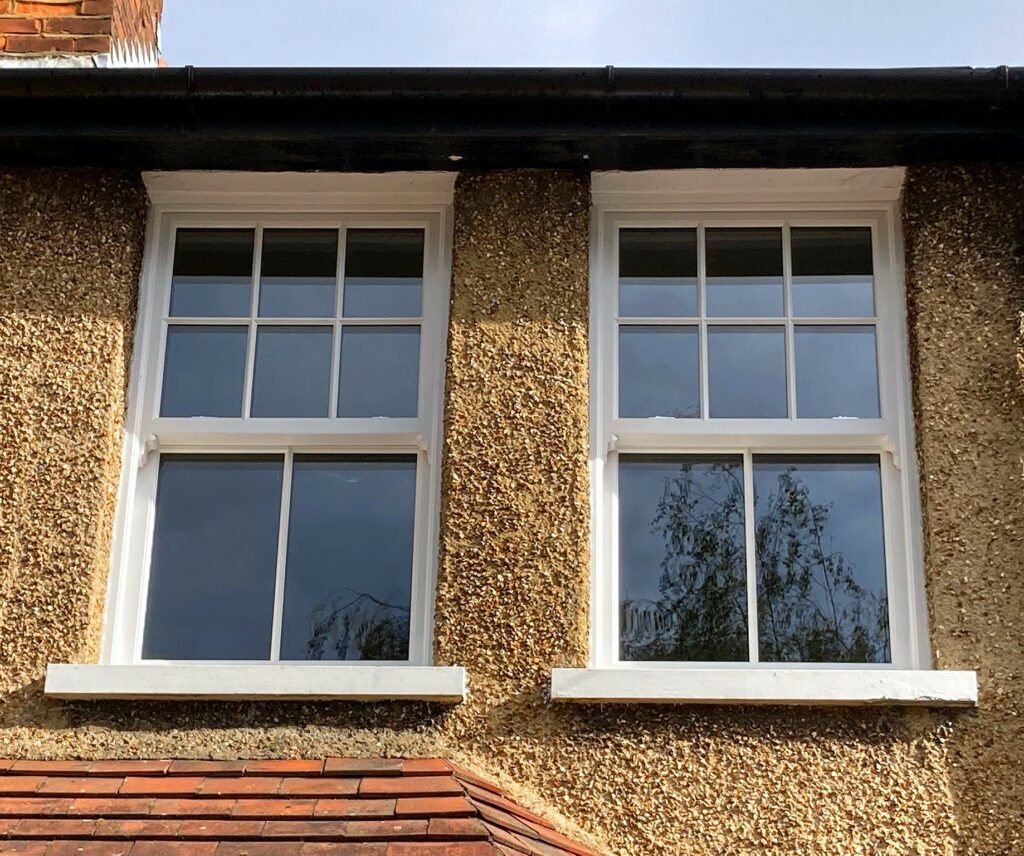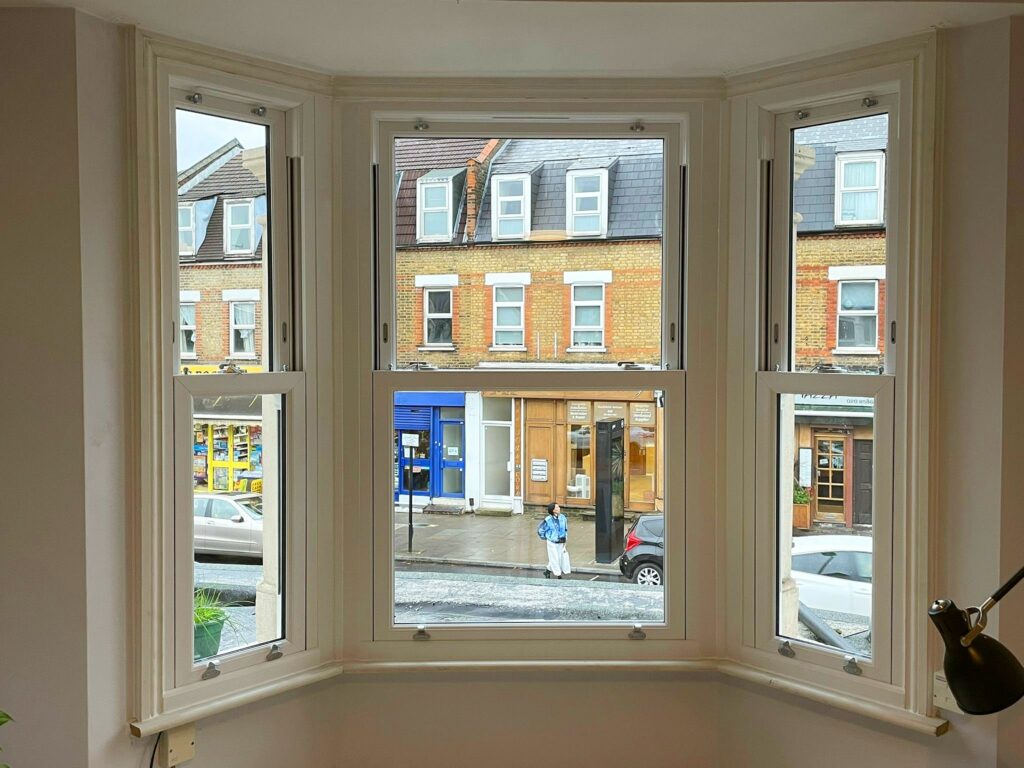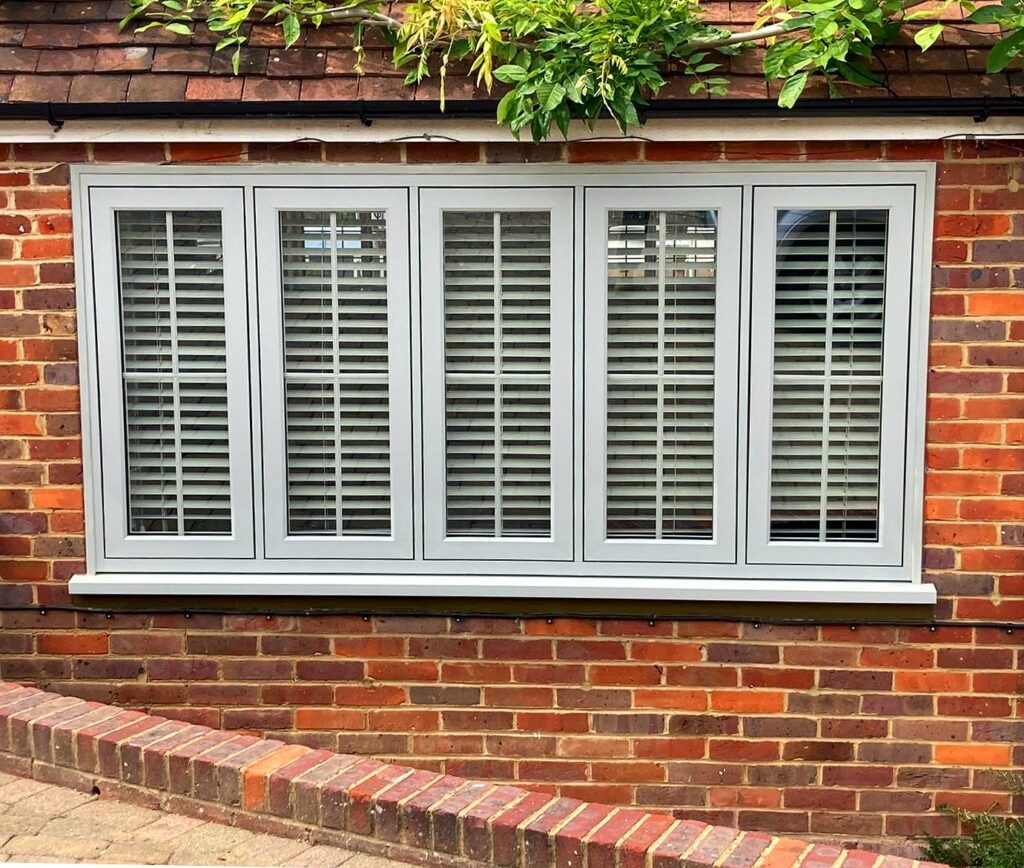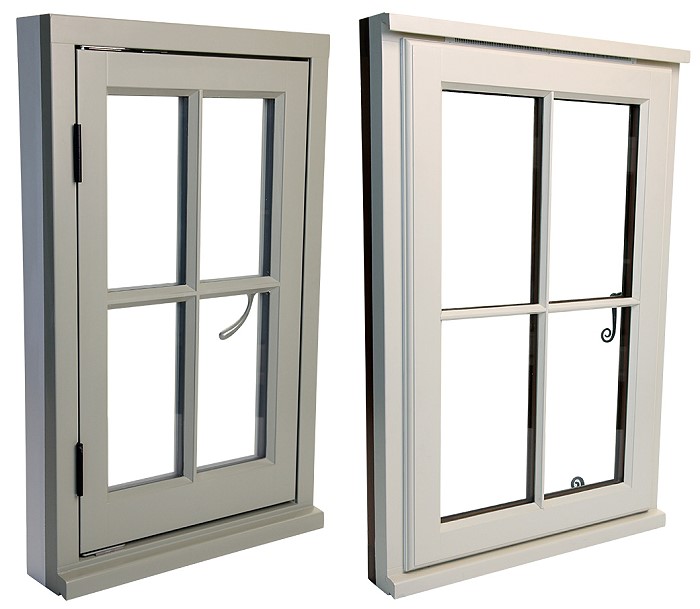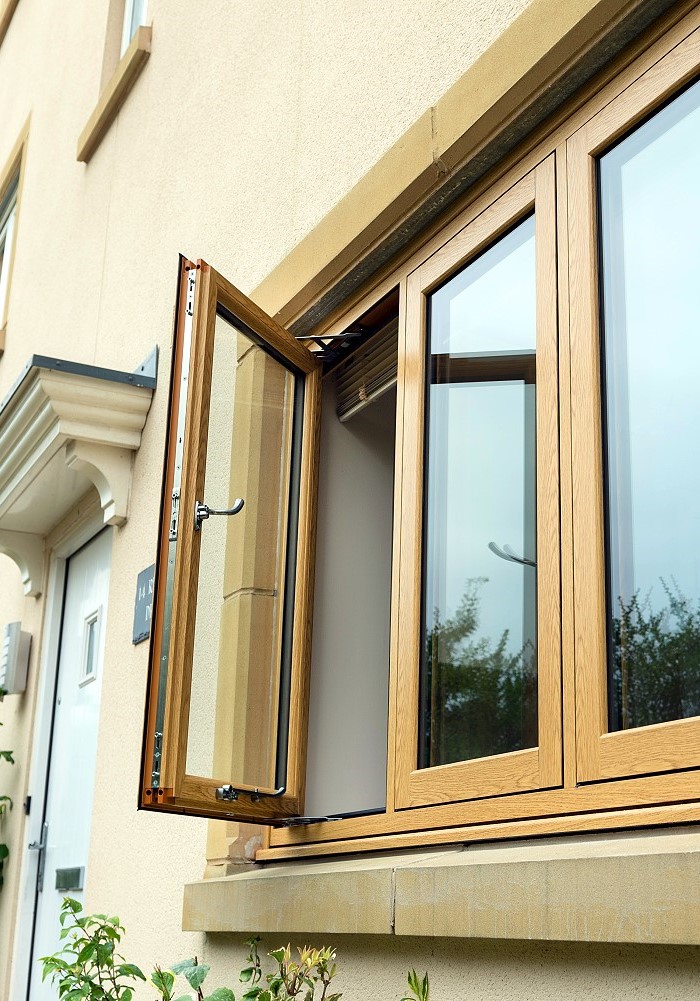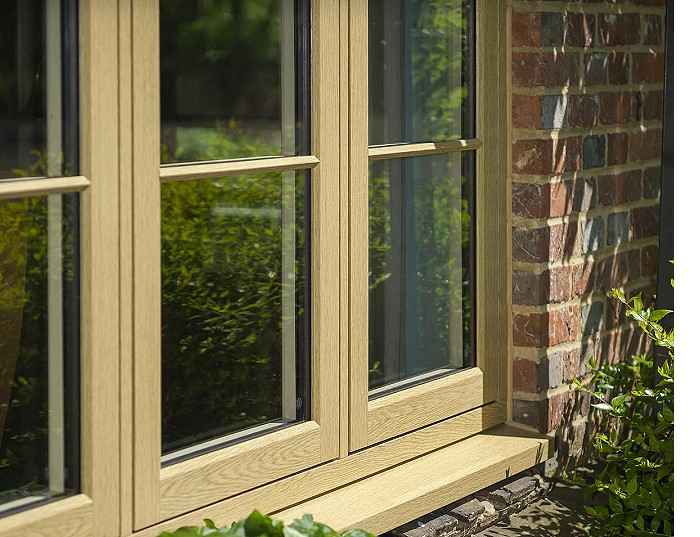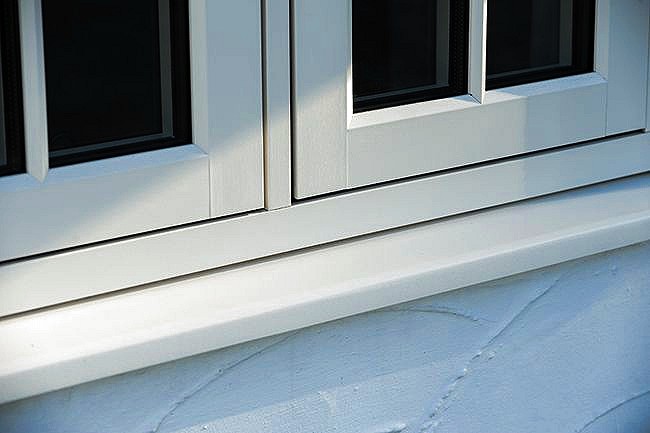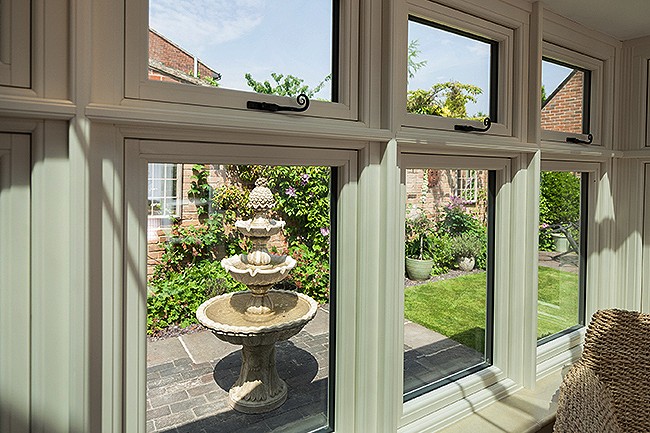
sealed units with feature rectangle leads.
Did you know? 18% of heat loss occurs through windows. Across the UK, around 7% of households still don’t have double glazing. Heat is lost through single glazing twice as fast as through standard double glazing.
energysavingtrust.org.uk
All properties lose heat through their windows. But energy efficient double glazing, coupled with other energy saving measures keeps your home warmer and quieter as well as helping to reduce your energy bills.
What is energy efficient glazing?
Otherwise known as Low-e (low emissivity), this is a type of energy-efficient glass designed to prevent heat escaping out through your windows to the cold outdoors. Low-e glass has a special coating which is a poor radiator of heat and does not allow heat to be transferred to the outside. Instead, the low-e coating actually reflects the heat back into your room. Low-e glass can be used throughout your home to improve its energy efficiency. Windows, doors, conservatories and rooflights can all benefit from the use of energy-efficient glazing to help keep the heat in and save money on your energy bills.

Window Energy Ratings (WER)
Window Energy Ratings (known as WER) are a guide to the energy performance of your windows. There are two main schemes run by the British Fenestration Ratings Council (BFRC) and the British Standards Institute (BSI). The window energy rating scheme checks all the components to ensure the final window achieves the energy efficient standard claimed. This means that you just need to look for the A-E ratings and remember the higher the energy rating, the more energy efficient it is. Windows installed by Ruislip Windows usually achieve at least an A rating, and often higher.
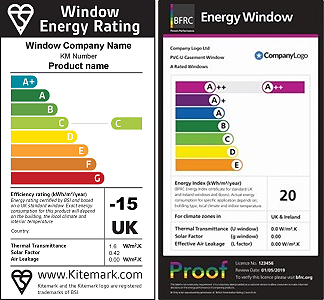
Benefits of installing energy rated windows:
- Reassurance of certified scheme approval of the windows.
- Improves the energy-efficiency of your home, reducing the amount of energy you use and helping you to save money on your heating bills.
- Significantly more effective than existing single glazing.
- Manufactured to UK and European quality standards and meet the requirements for building regulations concerning energy efficiency of homes.
By installing double glazing into an entirely single glazed house, you could save the following each year (for a typical gas heated home):

What to consider
We recognise that choosing new windows and doors for your home is a big decision, and one you want to be confident in getting right first time. So it’s good to know that even our standard uPVC windows and doors (Rehau/Kömmerling) achieve WER of A+. However different customer circumstances will determine which windows and doors you can replace with double glazing and what products you can replace them with, for instance:
CONSERVATION AREA
What if you live in a Conservation Area or a listed building? There are strict rules about what you can replace your existing windows and doors with (such as like for like) and that can restrict your choices and options.
PERIOD PROPERTY
If you’re in a Victorian or Edwardian building you may have traditional sash windows, or an Art Deco home with steel crittal windows. You may have original stained glass and leads that you would like to preserve.
ALUMINIUM
Aluminium is a popular choice for contemporary homes but is more expensive than uPVC. Energy ratings have improved significantly for aluminium profiles, but uPVC generally hits higher energy efficiency targets.
We offer a wide range of products and many of these will be suitable for traditional properties who want to preserve their aesthetic style:
- Sash windows: “A” rated uPVC sash windows that replicate very well a traditional box sash window. Good aesthetics and great energy efficiency mean these windows will make a huge difference to your home.
- Timber replacement windows: “A” rated premium uPVC windows that don’t skimp on authentic style. Flush fitting like traditional wooden windows and available in a range of painted wood effect grained foils. 90° timber effect corner welds and ovolo putty Georgian bars complement their traditional aesthetics beautifully. See more here >>
- Alitherm Heritage aluminium windows and doors: perfect for all crittal replacement installs, with slim slender profiles. Also available as multi-part windows and doors – ideal for commercial premises and warehouse flat conversions and even internal doors.
For more information about the energy ratings of our products and how they could save you money on your energy bills, please contact us. Also, energy ratings are available in all our product brochures for each type of window and door that we install. Download our brochures from our main website >>
See also our other articles:
- Solutions for planning and Conservation Areas – click here >>
- Timber replacement flush windows – click here >>
- Double glazing v triple glazing – click here >>
We hope to see you very soon! 🙂



